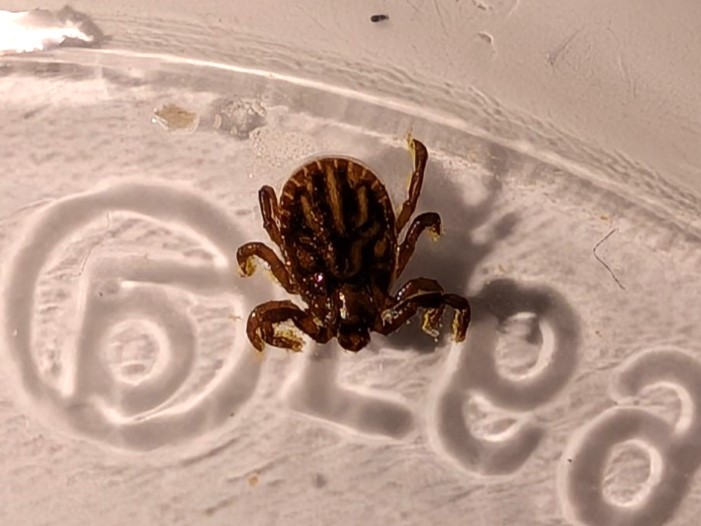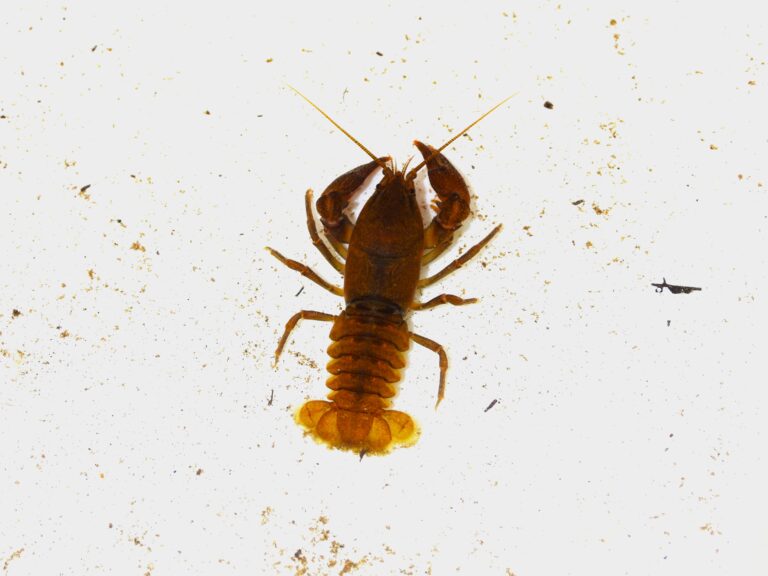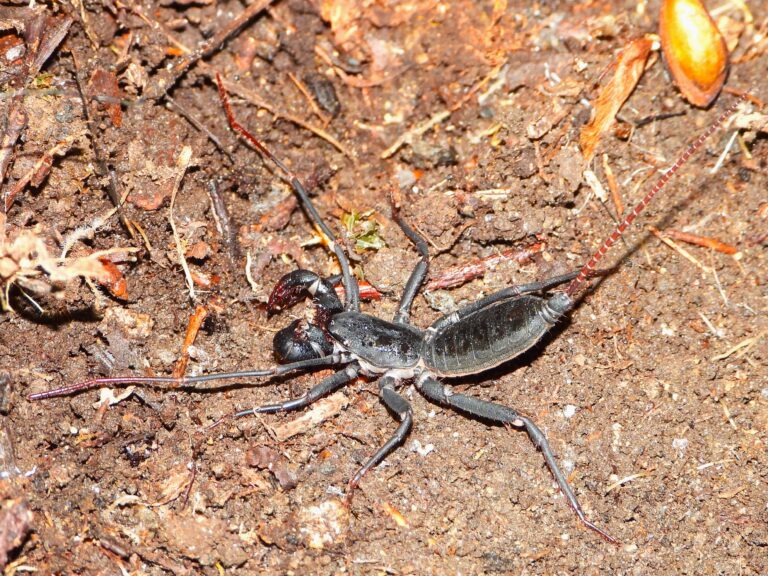Ticks in Japan (Ixodidae) – Wildlife of Japan
Introduction
Ticks in Japan (Ixodidae) are blood-feeding arachnids commonly found throughout the country. They remain tiny before feeding but can swell dramatically after a blood meal. Besides affecting wildlife and pets, some species can transmit pathogens to humans, so basic awareness and prevention are essential for anyone spending time outdoors.
Appearance
Hard ticks (family Ixodidae) have eight legs and a tough dorsal shield called a scutum. They are flattened and oval when unfed and become rounded after feeding. Body color ranges from yellow-brown to dark brown, often with mottled or striped patterns depending on the species. Nymphs are pinhead-sized, while adults measure only a few millimeters before feeding.
Habitat & Distribution of Ticks in Japan
Hard ticks in Japan (Ixodidae) thrive in humid environments with vegetation such as grasslands, forest edges, animal trails, leaf litter, and the margins of rivers or rice fields. They engage in “questing,” waiting on low plants with outstretched legs for passing hosts. In Japan, they are found from Hokkaido to Kyushu and on many islands wherever suitable hosts exist.
Behavior
Ticks do not jump or fly. They climb vegetation and detect heat and scent from nearby animals or humans, attaching when brushed against. Activity peaks from spring to autumn, though some species remain active in mild winters. After feeding, they drop off the host to molt or, for females, to lay eggs.
Note: Contrary to popular belief, ticks rarely drop from trees. Most attach from tall grass or low vegetation when a host passes by.
Diet
All mobile stages feed exclusively on blood. Common hosts include small mammals, deer, wild boar, birds, reptiles, and occasionally humans or pets. Each life stage typically feeds once before molting to the next.
Reproduction & Life Cycle
Most Japanese hard ticks have a three-host life cycle: egg → larva → nymph → adult.
Larvae feed briefly on small animals, drop off to molt into nymphs; nymphs feed again and molt into adults. Adult females engorge for several days, then drop to the ground to lay hundreds to thousands of eggs before dying. Depending on species and climate, the full cycle takes about one to three years.
Conservation & Human Interaction
Ticks are abundant and not of conservation concern, but they play ecological roles as parasites and prey for other species. From a public-health standpoint, some can carry pathogens responsible for Japanese spotted fever, Lyme disease, and SFTS (Severe Fever with Thrombocytopenia Syndrome).
Prevention for field observers:
- Wear long sleeves and tuck pants into socks or gaiters.
- Apply repellent (DEET or icaridin) to clothing and exposed skin.
- Stay on trails and avoid brushing against tall vegetation.
- After outdoor activity, shower and check your body, clothing, and gear carefully.
- Examine pets as well.
If attached:
- Do not crush or twist the tick.
- Use fine-tipped tweezers to grasp close to the skin and pull straight out slowly.
- Disinfect the site and monitor for fever, rash, or fatigue.
- Seek medical attention if removal is difficult or symptoms appear.
Author’s Impression
I found this tick while checking my gear after a day in the field. It reminded me that careful clothing choices and post-hike checks are just as important as camera settings when exploring Japan’s wildlife.



